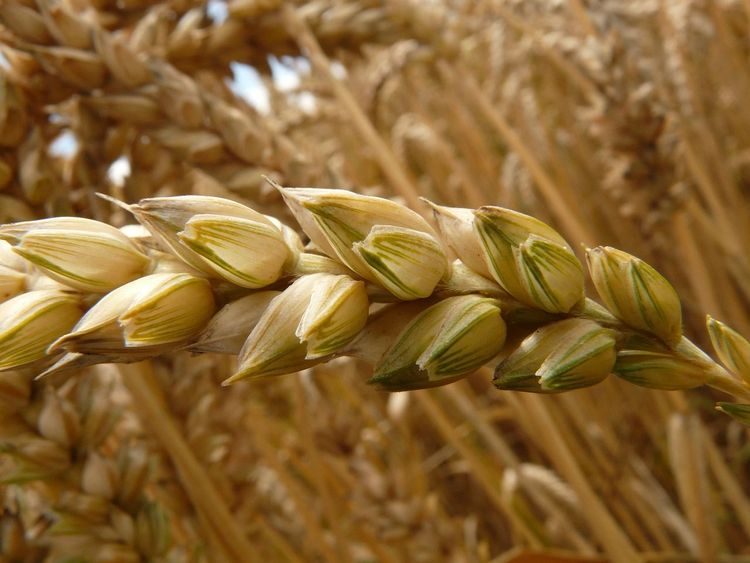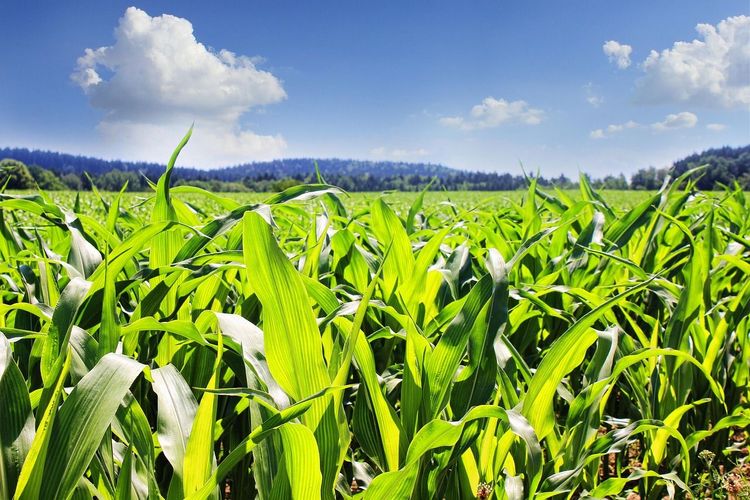As Australian Wheat Exports Fall, Canada and US Could Gain Market Share
Australia’s third straight year of declining wheat production could push buyers in Asia and the Middle East to look to North America to supplement wheat shipments.
Australia, which is just beginning its harvest, will produce 15.9 million tonnes of wheat, down 8% from last year, according to the latest forecast from the Australian Bureau of Economics (ABARES). The country’s persistent drought has also chopped 38% from national wheat stocks since 2016. Exports have fallen, and Australia imported wheat this year—from Canada—for the first time in a decade.
Gro’s drought indicator, which relies on evapotranspiration anomaly data derived from satellite transmissions, shows Australia’s yearslong drought continuing in Western Australia state. Lower rainfall and higher temperatures are expected to cut the state’s wheat output by 41% to 6 million tonnes, reflecting a 37% decline in yield. But drought conditions have eased in the states of Victoria and Southern Australia, and in the southern part of New South Wales. Wheat production in those areas is estimated to have increased by 40%, to 9.4 million tonnes, from last year.

Australia’s yearslong drought is continuing, especially in the state of Western Australia, where wheat production this year is expected to be down 41% from last year. But drought conditions have improved in the states of Victoria and Southern Australia, and in the southern part of New South Wales, boosting wheat production in those areas by 40%. Overall, Australia’s wheat output will be down 8%, in a third straight year of declines. Click on the image to go to an interactive display on the Gro web app.
Overall, Australian acreage planted to wheat has fallen 11.5% to 10.8 million hectares this year from 12.2 million hectares in 2016.
Indonesia is Australia’s biggest export market for wheat, followed by other countries in Asia and the Middle East. Monthly data from the International Grains Council (IGC) shows that Australia’s 2019 exports are at their slowest pace in five years. The USDA predicts Australia will export 9 million tonnes of wheat in the current marketing year, the lowest level in more than a decade.
Australian wheat competes for export markets mainly with Canadian Western red spring (CWRS) wheat and US hard red spring (HRS) wheat. The USDA, in its latest WASDE report, lowered its estimate for US hard red spring wheat production because of harvest issues.
An export-pace analysis, using data on the Gro platform, projects US HRS exports of about 243 million bushels (equivalent to 6.6 million tonnes) for the 2019/2020 crop year. The USDA estimates the US will export 255 million bushels, up marginally from last year.
Meanwhile, Canada is expected to export 24.5 million tonnes of wheat in total—with CWRS being the dominant variety—about the same as last year, according to the USDA.

Persistent drought conditions have cut into Australia’s wheat production and national wheat stocks. Exports of Australian wheat this year are expected to be at their lowest level in more than a decade. In this chart, the heavy blue line with markers shows this year’s monthly exports from Australia, compared with the same periods in previous years (shown as other blue lines). Click on the image to go to an interactive display on the Gro web app.
 Insight
InsightPrices Surge for Cocoa, Coffee, and Other ‘Soft’ Commodities
 Insight
InsightUS Cotton Acreage Will Jump in 2024, Gro Predicts
 Insight
InsightImproved Conditions Boost Prospects for India’s Upcoming Wheat Harvest
 Blog
Blog

 Search
Search